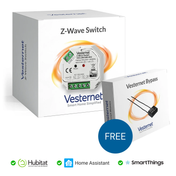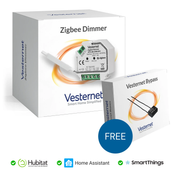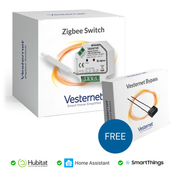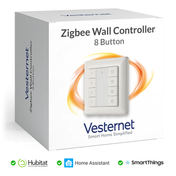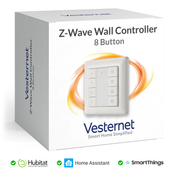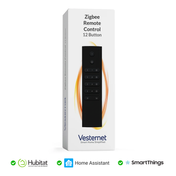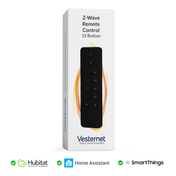Question
Multi-channel Association – what is it and how does it work?
Answer
In the early days of Z-Wave most devices only had one function and these could be controlled easily using Association. Later on it became obvious that it made sense to have multiple functions in one device.
A good example would be the Greenwave PowerNode or the Fibaro 2 x 1.5KW Relay – the Greenwave has 5 individually controlled ports and the Fibaro can control 2 different Loads.
So a "Multi-Channel" device is when you have one Z-Wave device with multiple “end-points”.
This means that in order to individually control each end-point by Association, both the controlling device and the controller must support "multi-channel Association".
Unfortunately at the present time, there are very few devices that support multi-channel Association this and support in the common Z-Wave controllers such as Fibaro and VERA is patchy at best!
For that reason, when attempting to configure multi-channel Association several things may occur:
- The device may fail to configure and show warnings in the Z-Wave controller
- The Associations may revert to the "parent" channel on the device
- The Associations may be removed without notice
- The Associations may be set successfully, but they may not work
- The Associations may work for only one channel
- The Associations may work correctly
So as you can see, it's a bit of a lottery!
If the Association route doesn't work, or you don't wish to try it, you could alternatively use "Scenes".
Related Information
- Z-Wave Associations and Scenes
- Associating Devices in Z-Wave Controllers
- Creating a Scene in Fibaro Home Center
- Scheduling a Scene in Fibaro Home Center
- Creating Scenes in VERA UI7
- Scheduling Scenes in VERA UI7
Copyright Vesternet 2015
Updated: 23/10/2015


